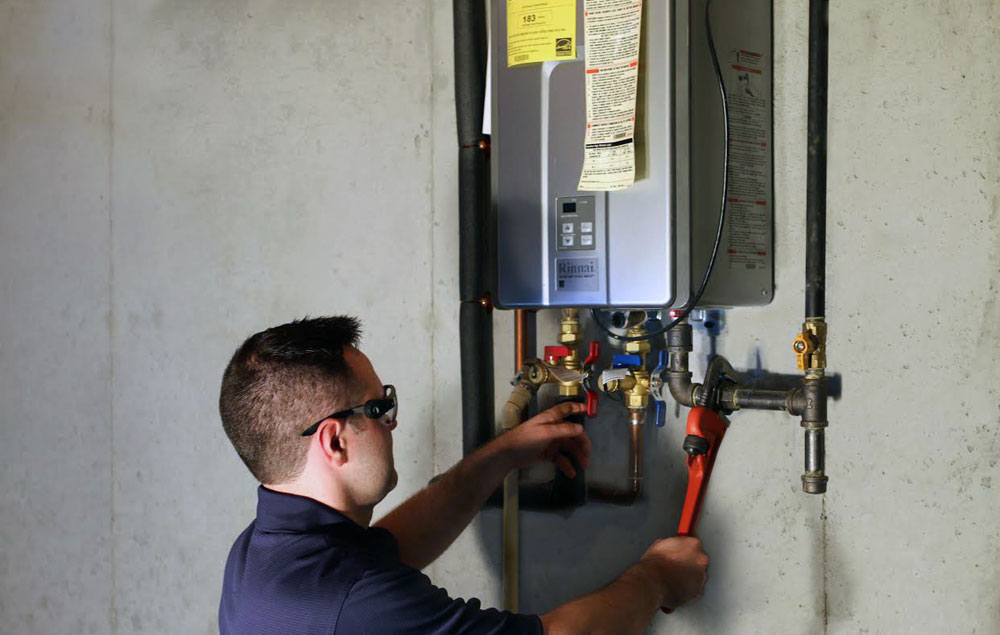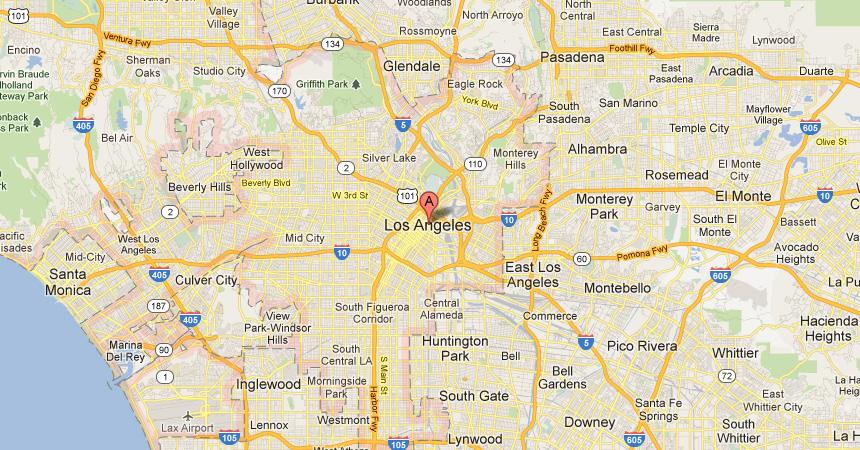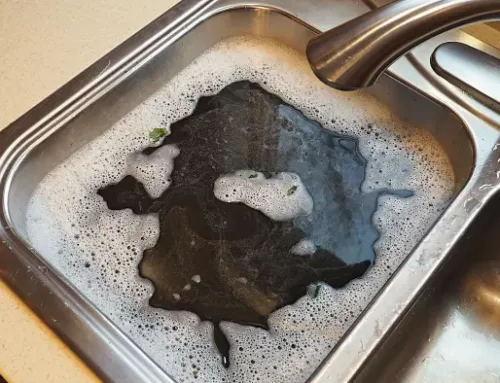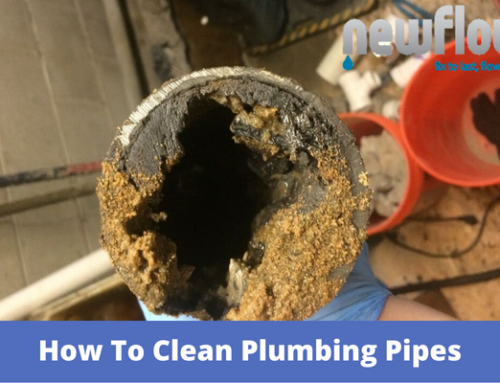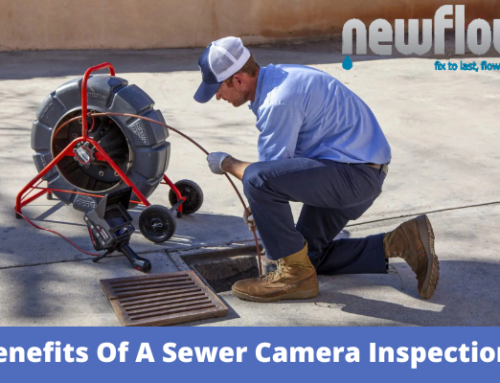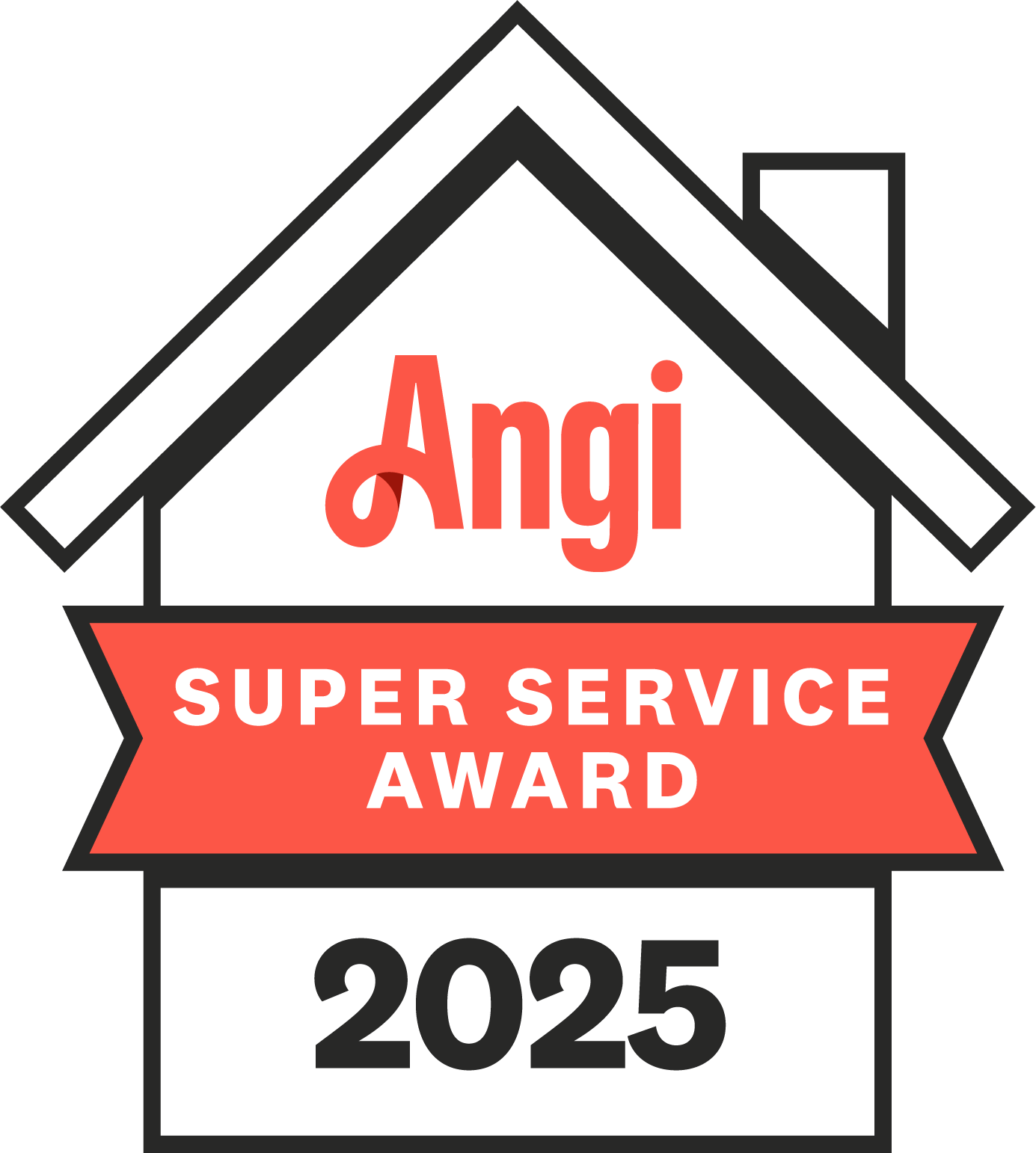Water heating is the quiet power hog hiding inside most Roseville homes. The average household spends one-quarter of its electricity or natural-gas budget just to keep hot water ready. The good news? You can slice those costs dramatically with a mix of smart habits, simple upgrades, and—when the time is right—the right high-efficiency equipment. This guide walks you through every step, from quick zero-cost fixes to advanced technology. By the end, you’ll know exactly how to choose, use, and maintain a water-heating system that keeps showers steamy while shrinking utility bills and carbon footprints. Call a reliable plumber in Roseville for more details about this.
Why Water Heating Costs So Much in Roseville
Roseville’s sunny days may feel mild, but local groundwater temps hover around 55–60°F year-round. Your heater must lift that chilly water up to shower-ready warmth—usually 100-110°F—24/7. Add hard water minerals that build scale inside tanks (forcing longer run times) and the rising price of electricity in Placer County, and it’s easy to see why utility statements spike. Understanding these local factors sets the stage for smart savings.
-
Climate factor: Cool groundwater plus a Mediterranean climate = higher delta-T (temperature rise) than coastal cities.
-
Hardness factor: Roseville’s mineral-rich water forms insulation-like scale, dropping efficiency 5–10 % every year unless flushed.
-
Lifestyle factor: Large families, in-home laundry, and backyard pools drive hot-water demand up.
Quick Wins: Zero-Cost Habits That Slash Hot-Water Use
Before buying gear, tackle the habits that waste gallons—and dollars:
-
Shorter showers: Cutting just two minutes saves about 6 gallons per shower. In a four-person home that’s over 8,700 gallons a year.
-
Full-load laundry: Modern detergents clean fine with cold or warm water. Reserve “hot” cycles for linens or germ-killing loads.
-
Fix drips: A single faucet leaking one drip per second wastes 1,600 gallons of hot water annually.
-
Turn off while soaping: Spa-style “navy showers” (water off while lathering) can halve usage.
-
Use the dishwasher: Today’s ENERGY STAR® models beat hand-washing on both water and energy when fully loaded.
These habits cost nothing yet often shave $50–$100 per year off utility bills.
Smart Temperature Settings: Finding the 120f Sweet Spot
Most heaters leave the factory at 140 °F, a relic of old dishwashers. Dropping to 120 °F:
-
Cuts standby and heating losses 3–5 % for every 10 °F.
-
Lowers scald risk, especially for kids and seniors.
-
Slows mineral buildup, extending tank life.
How to adjust:
-
Turn off power or set gas valve to “pilot.”
-
Remove small temperature dial cover; turn down one notch.
-
Wait four hours, test at a tap. Aim for 120 °F on a cooking thermometer.
-
Mark the dial to remember the sweet spot.
Insulation Upgrades for Tanks, Pipes, and Heat Traps
Tank Jackets
Pre-1997 electric tanks often sport only R-8 insulation. A $30 wrap-around blanket boosts R-value to R-20+, cutting standby losses 25–45 %.
Pipe Sleeves
Insulating the first 6–10 ft of both hot- and cold-water pipes:
-
Raises delivered temperature 2–4 °F.
-
Allows a lower thermostat setting while preserving comfort.
Heat Traps
Simple check-valve or loop fittings stop “thermosiphon” flow that steals heat up the pipes. Parts run $20, save $15–$30 per year.
Size & Placement: Match Capacity to Your Family
Oversized units waste energy; undersized ones trigger cold-water surprise. Use “first-hour rating” (FHR) or gallons-per-minute (GPM) flow:
-
Families of 2–3: 40-gallon storage or 6 GPM tankless.
-
Families of 4–5: 50- to 55-gallon or 8 GPM.
-
Large homes or soaking tubs: 65-gallon hybrid, or dual tankless in parallel.
Placement matters too: locating the heater near kitchens or baths shortens pipe runs, reducing wait times and losses.
Installation Best Practices for Peak Efficiency
Professional plumbers follow guidelines that DIYers sometimes skip:
-
Dielectric unions to prevent corrosion between copper and steel.
-
Proper venting for gas units: short, straight flues improve draft and reduce back-draft risk.
-
Vacuum-breaker valves on tanks in upstairs closets to avoid siphon damage.
-
Earthquake straps (required by California code) to secure tanks and prevent leaks after seismic events.
-
Condensate drains for high-efficiency gas or heat-pump units to keep internal parts dry.
When soliciting bids, ask contractors how they’ll handle each item.
Advanced Tech: Solar, Heat-Pump, and Drain-Water Recovery
-
Solar Thermal Pre-Heat
Rooftop panels warm a glycol loop, delivering 90-120 °F water into a standard electric tank. Federal tax credits cover 30 % of system cost. -
Dedicated Heat-Pump Water Heaters
Work like reverse refrigerators. For every kilowatt used, they deliver 3–4 kW of heat. Perfect for garages that stay above 40 °F. -
Drain-Water Heat Recovery (DWHR)
A copper coil wrapped around the shower drain captures outgoing heat, raising incoming cold water 10–15 °F. Payback under four years in multi-bath homes.
Rebates, Codes, and Local Resources in Roseville
-
Roseville Electric Home Upgrade Rebates: Up to $800 for qualifying heat-pump units.
-
PG&E Self-Install Incentives: Extra $300 for ENERGY STAR® electric storage models.
-
California Building Code Title 24: Requires heat traps, low-NOₓ burners, and seismic bracing on new installs.
-
PACE Financing: Property-assessed loans with no upfront payment, paid via property tax.
-
Free DIY Workshops: Mahany Park hosts quarterly “Fix a Leak” classes—great for learning faucet repair and pipe insulation.
Always check current offers before purchasing; programs renew each fiscal year.
Try our: Drain cleaning services
Key Takeaways & Next Steps
-
Start small: Short showers, full loads, and a 120°F thermostat can save almost $150 per year with zero cost.
-
Wrap and insulate: A $50 tank jacket plus pipe sleeves often pays back in 12 months.
-
Choose wisely: Tankless or heat-pump systems can cut energy use 30–60 %, but sizing and placement are critical.
-
Maintain yearly: Simple flushing and anode checks fend off rust, scale, and emergency leaks.
-
Use local perks: Roseville Electric rebates turn high-efficiency upgrades into quick wins.
Ready to put these ideas into action? Grab some pipe insulation this weekend, jot the maintenance dates on your calendar, and explore rebate forms online. With a bit of planning, your next steamy shower can feel twice as good because you’ll know it’s costing you (and the planet) a whole lot less.

